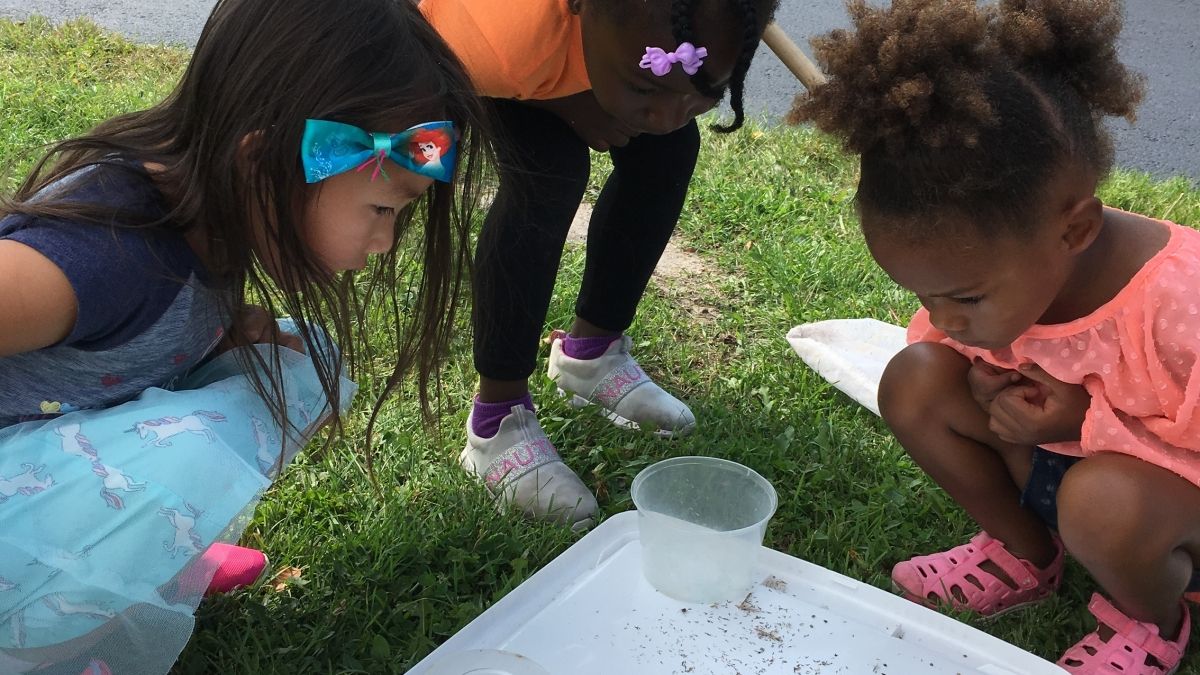Schools that take a nature-based approach to early education can be called nature preschools, place-based schools, nature kindergartens, forest kindergartens, or zoo and aquarium schools, among other terms. The programs may be located at nature centers, in homes, in community centers, in parks, on farms, in public schools, and in a variety of other settings. Nature-based preschools can have both indoor and outdoor facilities, or can conduct the entire program outdoors (in which case, many are called forest preschools, forest kindergartens, or outdoor preschools).

Regardless of their setting or name, nature-based preschools share several key characteristics, including:
-
Working toward dual goals of promoting child development and developing children’s environmental literacy
-
Using nature as the central organizing theme for the program
-
Spending a significant portion of the instructional time outdoors (in some cases, all of the instructional time is spent outdoors)
-
Employing a child-led, play-based approach to teaching that adapts to children’s interests, abilities, cultures, and environments
-
Recognizing the benefits of children’s healthy, appropriate risk-taking as the program manages risks in children’s play and learning, particularly in the outdoors
To learn more about what makes nature preschools unique, see the Nature-Based Preschool Professional Practice Guidebook.